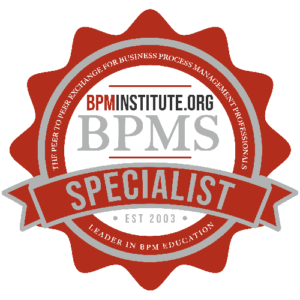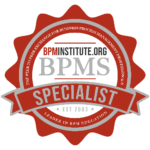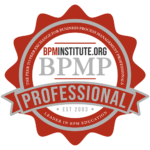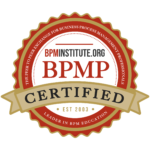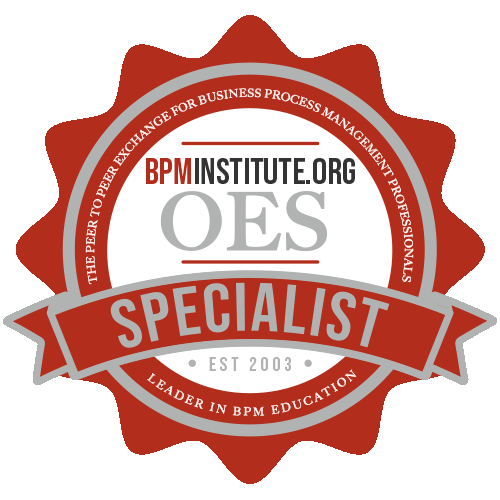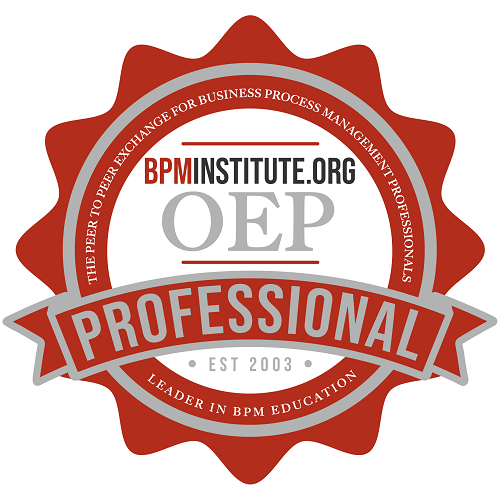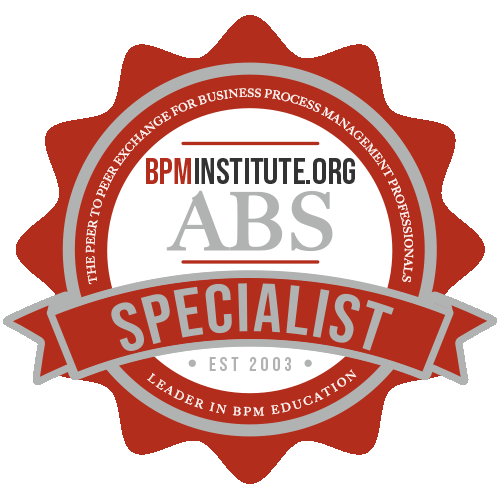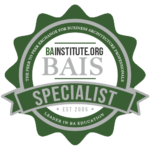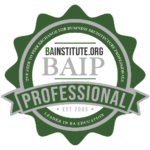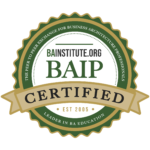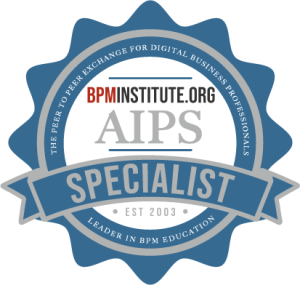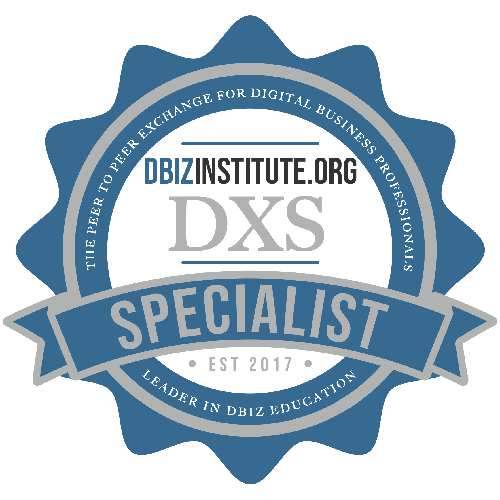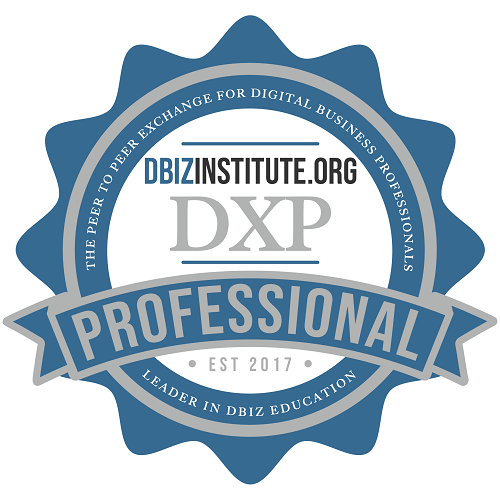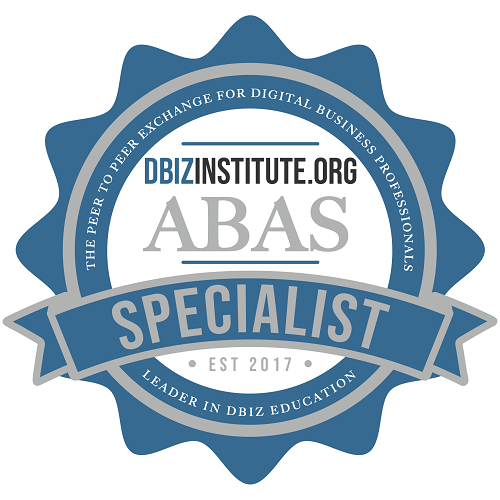Delivering Agile Projects within Structured Project, Process and Quality Management Frameworks
The most important factor in successful Agile adoption (and expansion) is aligning it to the culture, standards and constraints of your organization. Even the most effective Agile project work risks losing executive support if it cannot meet the overarching management, compliance, administrative and reporting structures established by the organization. Unless you are in the unique position of being able to adjust your organizational structures to suit the flexibility of Agile approaches, you will need to find a way for your team’s Agile work to comply with these corporate standards. Thankfully, this is an achievable goal, although it may take some creative thinking to make it work within your specific organizational constraints.
This is the first in a series of articles that will give you strategies for aligning your Agile work to your organizational structures. In this article, the focus is on delivering Agile projects within existing Project, Process and Quality Management frameworks.
The word project is a fantastically broad term that covers everything from event planning, to delivering small and large software solutions, to the construction of a new building. It is the abstract nature of this word that forces:
- Project Management frameworks, such as the PMBOK® and PRINCE2®
- Process Management frameworks, such as CMMI® and ITIL®, and
- Quality Management frameworks
to be high-level enough to remain equally applicable to projects of all sizes across multiple industries and organizational activities. To address this broad scope, these frameworks focus on constraining work to meet identified management objectives (such as time, budget and risk management), but they do not (and arguably cannot) significantly focus on how this work is undertaken. It is this lack of specificity of the work itself that allows Agile approaches to readily fit within these structures.
One of the keys to successfully delivering Agile work within existing frameworks is differentiating between the strategic objectives of the project and the operational activities within it. If a software project is predefined to deliver strategic business outcomes (such as cost reductions, increases in productivity or revenue generation), then the detail of exactly how these outcomes will be achieved can be left to the discretion of the project team and the client. However, if the same software project is predefined with hundreds of pages of detailed operational and functional specifications, then the project team is generally handcuffed to the outcome from the beginning with little room to adjust the work as it evolves (and, consequently, a limited ability for the team to use Agile approaches in this work).
Therefore, one of the critical factors in aligning Agile work with existing frameworks is defining the deliverables to be based on strategic business objectives – not on detailed functionality. For example, the Executive Office might establish the following constraints for a planned IT project:
- It must be delivered within the $120,000 allocated budget
- It must be in production use by the end of the third quarter
- It must achieve the following business objectives:
- Decrease order form completion time by 25%
- Decrease order processing time by 20%
- Keep customers aware of the status of their orders – from initial form submission to order fulfillment
- Encourage customers to submit future orders.
Nothing about these constraints stops your department from leveraging Agile approaches such as working directly with the business areas (i.e. the client) to define the details of how the objectives will be achieved, or from delivering multiple smaller releases of functional software throughout the specified timeframe to meet these objectives.
The critical challenge for you is aligning the primary objectives of your organization’s frameworks (e.g. budget management, revenue generation, risk management, resource planning, fulfilling contractual obligations, complying with regulatory requirements, meeting shareholder demands) to the inherent benefits that are delivered through Agile work – and then generating outcomes from your Agile projects that align with these objectives.
To determine how Agile approaches can fit within the established frameworks in your organization, you will need to ask the following questions:
- How are the objectives and deliverables of each project defined? Can project charters and project initiation documents be abstracted to represent strategic outcomes instead of tactical ones? Will the project authority support an approach that identifies, communicates and confirms detailed deliverables as the project progresses?
- What are the primary drivers for the established deadlines within the project? Does management need deadlines to provide defined end dates for project funding and resource allocation? Are specific project outcomes tied to fixed delivery dates? Is there any flexibility for the project team to have input into these timeframes, or are they always top-down directives?
- Similarly, what are the drivers for project funding? Is it a fixed amount identified at the beginning of the project, or can it be adapted to emerging needs as the project progresses? Is there any correlation between funding allocation and generated business value?
The answers to these questions will help you to position your Agile work to align with these drivers. For example, if your organization’s framework is largely driven by budget management and revenue generation, you can document where Agile approaches have enabled the team to deliver high business-value features earlier than planned, creating an opportunity for scaling down the initially allocated funding because the project objectives have already been achieved.
Similarly, if your organization’s framework is largely driven by risk management, you can document where upfront exploration, test driven development, and the production of tangible outputs mitigated the risk of technical issues and misalignment with client expectations.
There is nothing stopping your organization from using Agile methods and practices as the tactical approach for delivering results within the structure and constraints of the Project, Process and Quality Management frameworks in your organization. The key is aligning the benefits of your Agile approaches with the primary drivers for these frameworks. Ideally, once you have a few successful Agile projects in your track record, decision makers will be more willing to consider adapting these frameworks to accommodate Agile work.




